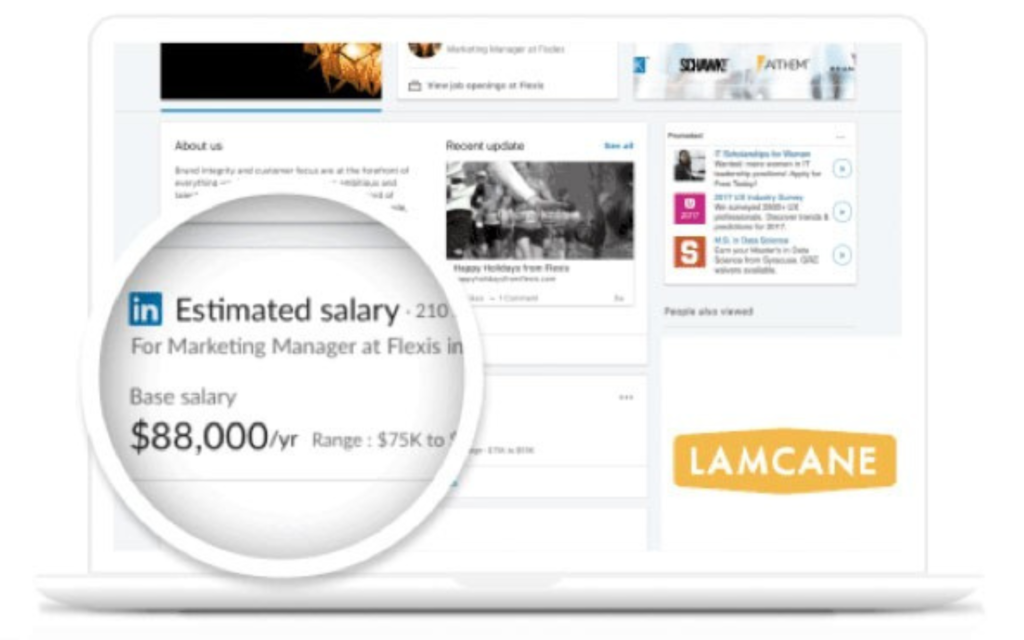LinkedIn Data 91% Of Applicants Want Salary Range In Job Posting

91% of job searchers are more likely to apply for a position if the salary range is included in the job description, according to a LinkedIn survey.
• Putting salary ranges in LinkedIn job posts could help companies get the word out about their open positions.
• Pay transparency is becoming more of a trend on the job market. In the US, 91% of job seekers say that salary ranges in job postings affect their decision about whether or not to apply.
Embracing pay transparency has several benefits for firms, including attracting and keeping top talent, enhancing applicant impressions, and supporting pay fairness.

Salary transparency is a rising trend in the labour market, which is in a perpetual state of change.
A recent LinkedIn poll found that 91 percent of US-based respondents said that a salary range would affect their choice of job application.
According to the poll, the salary range was almost as important as the job’s duties in deciding whether or not to apply.
In a separate LinkedIn study, 82% of respondents agreed that seeing a pay range in a job description would improve their view of a firm.
In 2023, California and Washington are likely to join a growing number of states and cities that require pay ranges to be listed in job ads.
It is believed that 20% of American workers are now covered by pay transparency rules.
However, why is wage transparency so crucial?
It not only promotes wage fairness and helps level the playing field, but it also has long-term benefits for firms.
According to research conducted by two University of Utah professors, more transparency led to a 20% decline in gender wage disparity.
In contrast, according to research conducted by a Harvard Business School professor, corporations in states and localities with pay transparency rules saw their overall salaries decline by two to three percent because the legislation prompted employers to establish lower rates to avoid expensive renegotiations.
It is more vital than ever for employers to be upfront about their wage practises in a tight labour market.
By adding wage ranges in job postings, companies may attract and retain top talent, enhance candidates’ perceptions of the organisation, and create a more motivated and contented staff.
What Does This Mean for LinkedIn Businesses?
The LinkedIn wage transparency study gives important information to companies that post job ads on the network.
Embracing this trend may provide the following benefits to businesses:
Employers might get more applicants who value pay transparency if they put pay ranges in job postings.
Including pay information in job advertising might influence a candidate’s image of the organisation.
• Getting the right people to apply: Applicants are more likely to accept a job offer if they know how much they will be paid.
This might save companies time and resources throughout the recruitment process.
By implementing pay transparency, organisations may promote pay equity and minimise female pay disparity.
• Compliance with the law: This information can help companies stay up-to-date and make sure they’re advertising their job openings in line with the law.
By highlighting compensation ranges, enhancing applicant impressions, recruiting the right talent, and promoting pay equality, companies can improve their talent acquisition strategies and remain competitive in a job market that is continually shifting.

